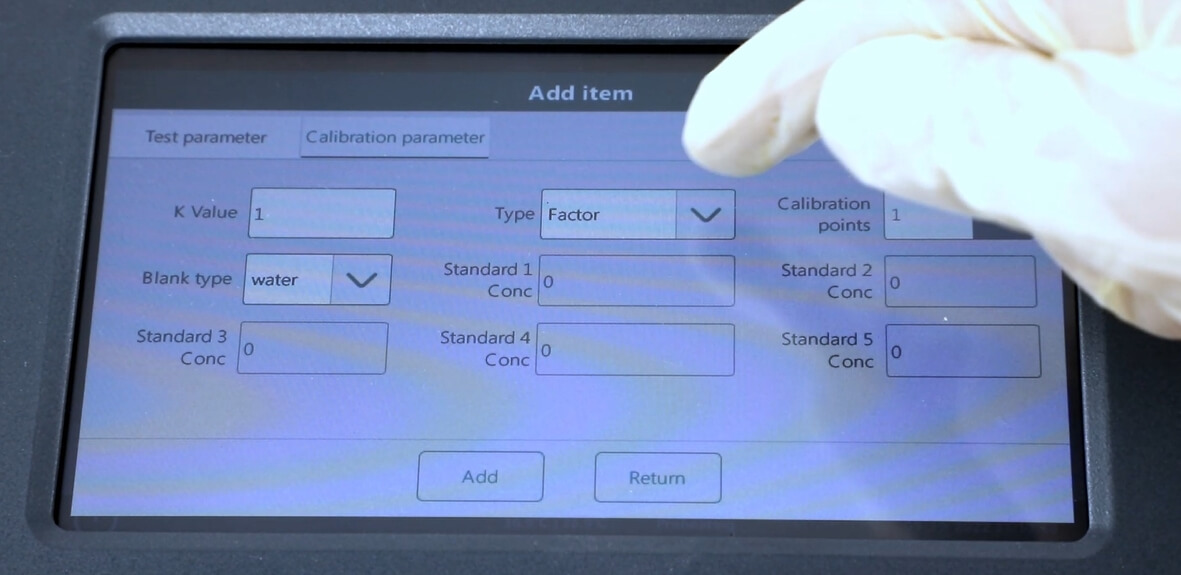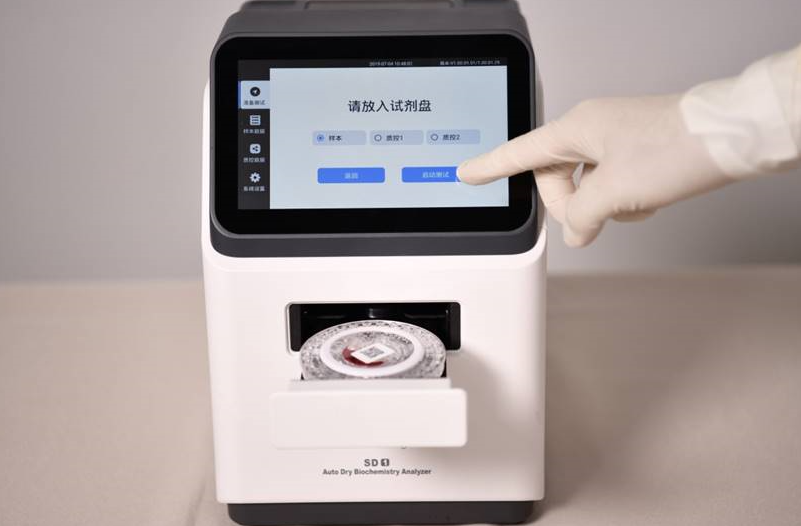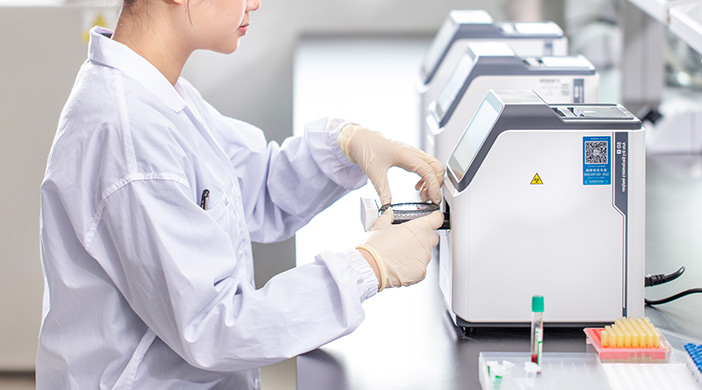release time:2021-09-09 10:41:04
Wet chemistry is the ordinary chemical reaction. It is a chemical reaction that occurs when a liquid reagent and a sample are added to a reaction vessel and mixed. Dry chemistry is only relative to wet chemistry. It is actually a chemical reaction that also takes place under humid conditions.
Comparison of test results between dry and wet biochemical analyzers
According to the existing research, the R (correlation coefficient) of all analytical items of the two methods is greater than 0.93, and the correlation test P<0.05. The statistical results show that the analytical results of the two instruments are well correlated. Both methods can meet the needs of clinical testing.
As a POCT medical device supplier, Seamaty has been focusing on portable dry biochemistry analyzer research for many years. SD1 and SMT-120 dry biochemistry analyzers have been sold to more than 80 countries and regions worldwide. Welcome to contact us: contact@seamaty.com

2023-09-14
Discover 5 Vital Steps to Boost the Precision of Semi-auto Biochemical Analyzers. Learn how to enhance the accuracy of your tests, from instrument calibration to precise sample handling. Ensure reliable results and minimize errors in your healthcare facility with these expert tips.

2022-05-07
There are various ways to classify biochemistry instruments according to different classification methods. However, according to the current market situation, biochemistry instruments can be simply divided into fully automated biochemistry analyzers and dry biochemistry analyzers (many small POCT biochemistry instruments also basically achieve fully automated operation).

2022-04-14
What are the advantages of a small benchtop chemistry analyzer? Here is an example of a Seamaty portable fully automated biochemistry analyzer.